
Understanding Buffer Overflow Exploits: Prevention & Detection
November 21, 2023
Exploring the Importance of Internal Penetration Testing
November 29, 2023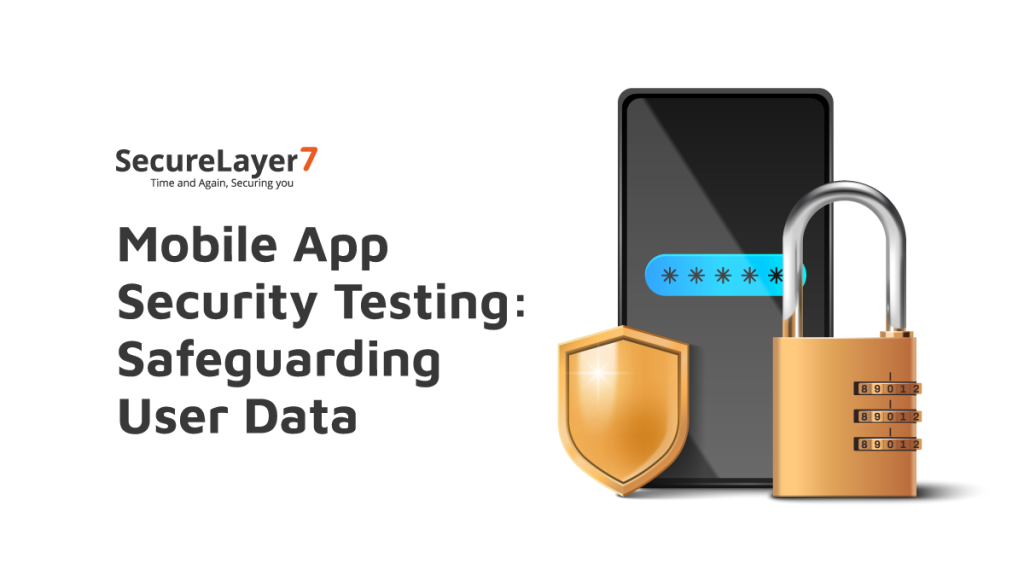
In today’s mobile-centric world, we rely on smartphone apps for just about everything – from ordering food to managing our finances. However, behind the scenes, there’s an ongoing battle to keep these apps safe from cyber threats. This battle is what we call “Mobile Application Security Testing.”
Did you know that in 2022, mobile apps accounted for over 70% of all digital time spent by consumers, making them prime targets for cyberattacks? (Source: Statista)
Mobile app security testing is like a digital health checkup for your favorite apps. It’s all about making sure that the personal information you trust these apps with stays confidential and that they’re resilient against hackers.
According to a recent report by Verizon, mobile apps are the source of a significant number of data breaches, with 43% of all data breaches involving mobile app vulnerabilities.
One alarming example is the Joker malware, which plagued the Google Play Store. This malware signed users up for premium services without their consent, resulting in financial losses. Google removed thousands of Joker-infected apps in response to this threat.
In this blog, we’re going to dive into the world of mobile app security testing. We’ll explore the risks these apps face, how vulnerabilities can be uncovered, and what you can do to ensure your apps are locked down and safe.
So, get ready to learn how to be your app’s own security superhero! Let’s jump in.
Mobile App Security Threats
The digital revolution has brought with it a new frontier of challenges: mobile app security threats.
Understanding these threats is essential for safeguarding your data and personal information. In this section, we’ll delve into the diverse landscape of mobile app security threats, exploring various types that pose risks to both users and organizations alike.
From malware and viruses to privacy concerns and unauthorized access, we’ll shed light on the evolving dangers that mobile apps face in our interconnected world.
Malware and Viruses

Let us have a look at some of the significant malware and viruses
Types of Malware in Mobile Apps
Mobile malware is on the rise, with various types posing significant risks. According to a Norton Mobile Security Report, Android users were exposed to over 108 million malicious apps in 2021 alone. Some common types of mobile malware include:
- Trojans: These sneak into your device disguised as legitimate apps.
- Ransomware: Malicious software that encrypts your data and demands a ransom for decryption.
- Spyware: Apps that secretly gather your personal information.
- Adware: Annoying apps that bombard you with ads and can be a gateway for other threats.
Data Leaks and Privacy Issues
The privacy and security of personal data have become paramount concerns. Mobile applications, while enhancing our lives, can also pose significant data leaks and privacy issues.
Let us delve a little deeper into it and understand the possible causes of data leaks and privacy issues.
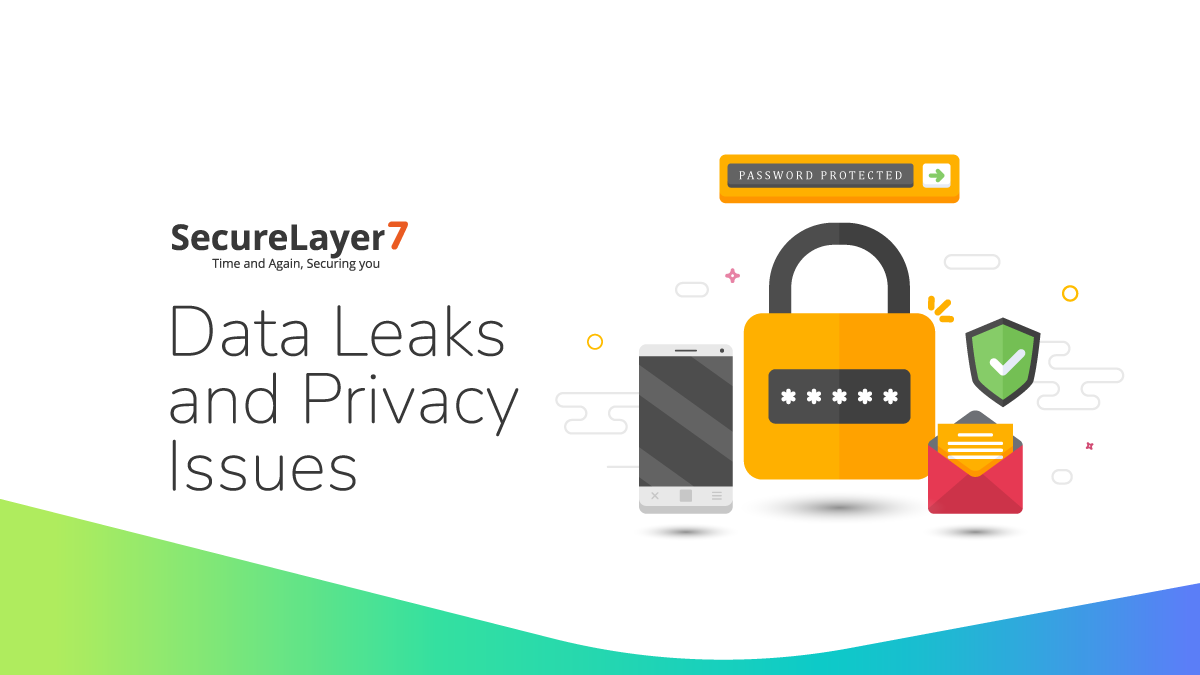
Data Collection and Permissions
Mobile apps often request access to various device features and data, including your location, contacts, and even camera. This process is governed by permissions, which dictate what data an app can access and use. According to a report by Pew Research Center, 79% of smartphone users are concerned about how their data is being used by apps.
Privacy Concerns in Mobile Apps
Privacy breaches in mobile apps can have severe consequences. The infamous Cambridge Analytica scandal serves as a stark example. In this case, user data from Facebook was harvested without consent and exploited for various purposes, including political profiling. This incident highlighted the critical importance of safeguarding your personal information within mobile apps.
Unauthorized Access and Authentication
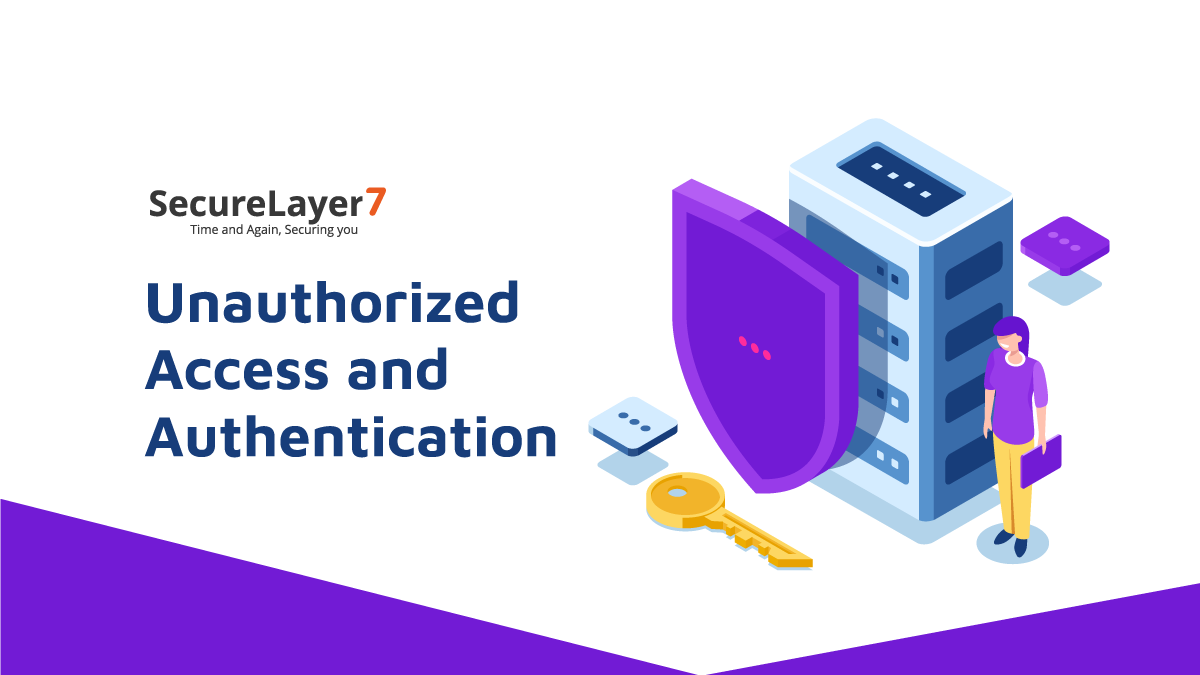
In the realm of mobile app security, one of the most critical aspects is preventing unauthorized access to sensitive data and functionalities. Let’s explore two key elements in this domain:
Defining Authentication
Authentication is the process of verifying the identity of a user or system attempting to access a resource. It ensures that only authorized individuals or entities can gain access to protected information or features within an app.
Weak Passwords
Believe it or not, weak passwords remain a prevalent issue, leaving the digital doors to personal information wide open. A study by Verizon found that a staggering 81% of data breaches were attributed to weak or stolen passwords.
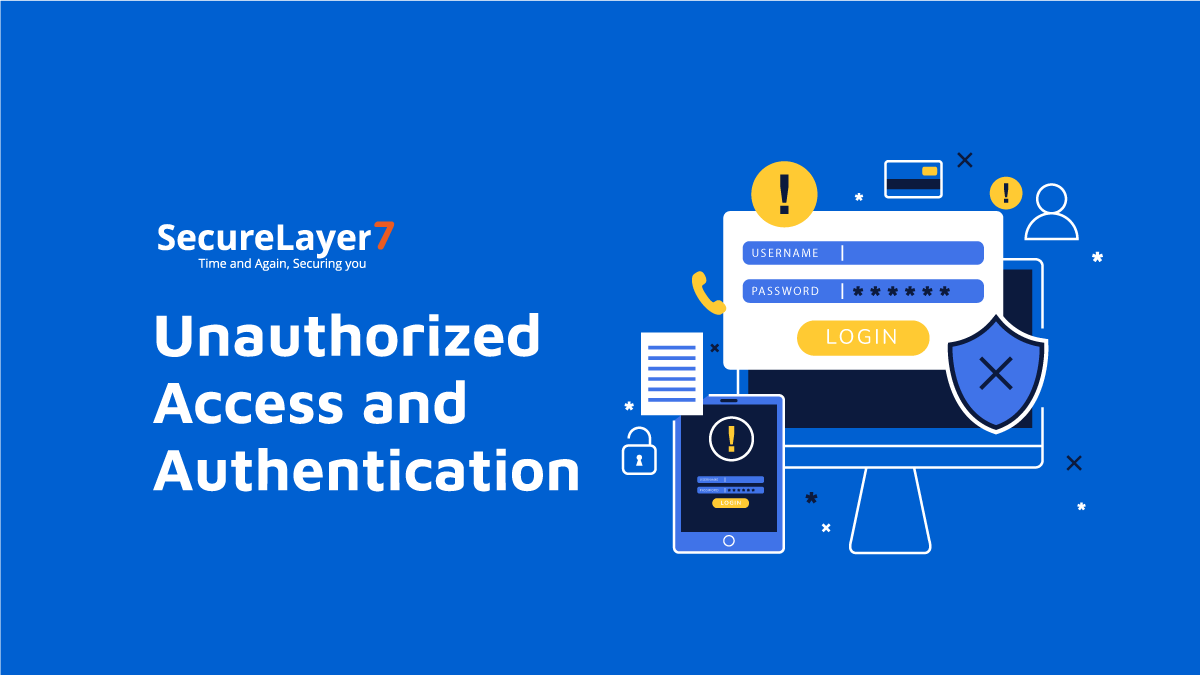
Two-factor authentication (2FA)
Implementing Two-Factor Authentication (2FA) stands as a powerful defense against unauthorized access. This security mechanism requires users to provide two separate authentication factors, typically something they know (like a password) and something they have (like a mobile device). A Microsoft study revealed that 99.9% of compromised accounts didn’t use 2FA.
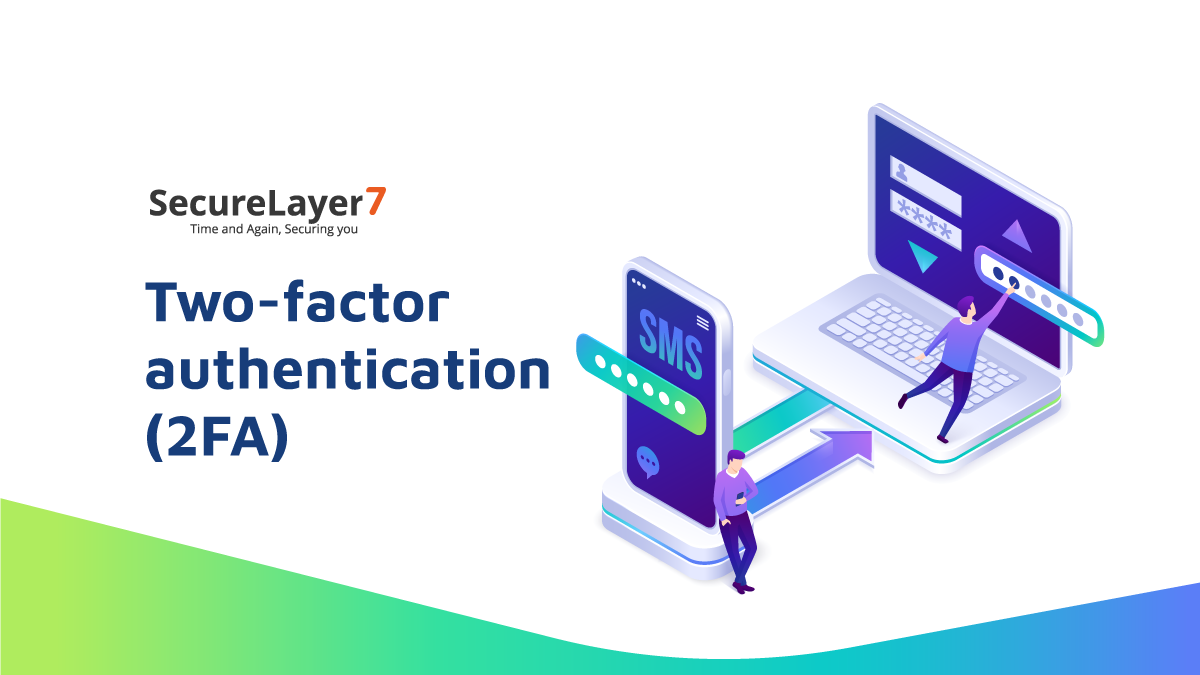
Understanding the concepts of authentication, weak passwords, and the advantages of Two-Factor Authentication (2FA) is pivotal in fortifying the security of your mobile apps and ensuring that only authorized users gain access. In the following sections, we’ll delve deeper into best practices and tools to mitigate these security risks effectively.
Common Security Flaws
Mobile applications are vulnerable to various security flaws that can be exploited by malicious actors. Understanding these common vulnerabilities is essential for developers and users to protect against potential threats.
Insecure Data Storage
Insecure data storage occurs when sensitive information within an app is not adequately protected. According to OWASP (Open Web Application Security Project), this vulnerability can lead to unauthorized access to user data if not addressed properly.
Inadequate Encryption
Encryption is crucial for securing data transmission. The lack of proper encryption can expose data to eavesdropping. A study by Symantec revealed that 70% of public Wi-Fi users believe their personal information is safe while using public networks, highlighting the need for awareness about encryption.
Insecure APIs
Mobile apps often rely on APIs (Application Programming Interfaces) to communicate with servers and third-party services. Insecure APIs can expose sensitive data and functionalities. The Imperva API Security Report noted a significant increase in API attacks in recent years.
Code Vulnerabilities
SQL Injection: SQL injection occurs when malicious SQL queries are injected into input fields. This vulnerability can lead to unauthorized access to databases. According to Veracode’s State of Software Security Report, SQL injection remains one of the top security risks in mobile apps.
Cross-Site Scripting (XSS): XSS attacks involve injecting malicious scripts into web pages viewed by other users. These attacks can compromise user data. Akamai’s State of the Internet/Security Report highlighted a substantial increase in XSS attacks.
Insecure Deserialization: Insecure deserialization can allow attackers to execute malicious code during the deserialization process. The OWASP Top Ten lists this vulnerability as a significant concern in mobile app security.
Lack of Session Management
Improper session management can lead to unauthorized access to user accounts. Cybersecurity Ventures reports that stolen credentials and unauthorized access are among the top cybersecurity threats faced by organizations.
Recognizing these common vulnerabilities is the first step toward addressing them effectively. In the next sections, we’ll explore best practices and tools to mitigate these security risks and bolster mobile app security.
Best Practices for Mobile App Security
Ensuring the security of your mobile applications requires a proactive approach that encompasses a range of best practices. Here are some essential strategies to help you protect your apps and users from security threats:
Secure Coding Guidelines
Input Validation: Implement strict input validation to prevent malicious input, such as SQL injection or XSS attacks. Properly sanitize and validate user inputs to ensure they meet expected criteria.
Output Encoding: Encode output data to thwart potential XSS attacks. Encoding data before it’s displayed makes it harder for attackers to inject malicious scripts.
Proper Error Handling: Avoid revealing sensitive information in error messages. Use generic error messages that don’t disclose system details or user-specific data.
Regular Security Testing
Penetration Testing: Conduct regular penetration testing to identify vulnerabilities in your app. Pen testers simulate real-world attacks to assess your app’s security posture.
Code Audits: Periodically review your app’s source code to find and fix security issues. Static code analysis tools like Veracode and dynamic analysis tools like OWASP ZAP can help in this process.
Secure Communication
HTTPS and TLS: Always use HTTPS to encrypt data transmitted between the app and the server. Transport Layer Security (TLS) ensures data integrity and confidentiality. According to Google, as of 2021, 95% of traffic on Android devices is encrypted.
Certificate Pinning: Implement certificate pinning to prevent Man-in-the-Middle (MitM) attacks. This ensures that your app only communicates with trusted servers using pre-defined SSL/TLS certificates.
App Permissions
Least Privilege Principle: Follow the principle of least privilege when requesting permissions. Only ask for the minimum permissions necessary for your app’s functionality. This reduces the attack surface.
Explaining Permissions to Users: Clearly communicate to users why your app needs specific permissions. Transparency builds trust and helps users make informed decisions. In fact, a survey by OneSpan found that 78% of consumers are more likely to download apps that explain why certain permissions are needed.
User Education and Awareness
Educate your users about mobile app security best practices. Encourage them to keep their devices and apps updated, use strong passwords, and be cautious about granting excessive permissions. Raising user awareness can significantly contribute to overall security.
In the following sections, we’ll explore tools and solutions that can aid in your mobile app security efforts.
Mobile App Security Tools and Solutions

Securing your mobile applications involves leveraging various tools and solutions designed to identify vulnerabilities and enhance overall security. Here are some essential tools and solutions to consider:
Mobile App Scanners
Mobile app scanners are automated tools that assess your app’s code and configurations for security issues. These tools can help you find vulnerabilities early in the development process. Some popular mobile app scanning tools include:
- Veracode: Provides static and dynamic analysis to identify security flaws.
- Checkmarx: Offers static and dynamic application security testing.
- AppScan: An IBM security tool for scanning and identifying vulnerabilities in mobile apps.
Mobile Device Management (MDM) Solutions
MDM solutions are crucial for managing and securing devices used within an organization. They allow administrators to enforce security policies, remotely wipe data, and ensure that devices accessing company resources are protected. Leading MDM solutions include:
- MobileIron: Offers comprehensive device and app management with a focus on security.
- AirWatch by VMware: Provides a unified endpoint management platform for securing mobile devices.
- Microsoft Intune: Part of Microsoft’s Enterprise Mobility + Security suite, it offers device management and app protection capabilities.
Mobile App Security Frameworks
Mobile app security frameworks provide developers with pre-built security controls and guidelines to integrate into their apps.
These frameworks can streamline the development of secure mobile applications. Some widely used mobile app security frameworks include:
- OWASP Mobile Top Ten: A project by the Open Web Application Security Project (OWASP) that outlines the top mobile app security risks and best practices.
- Mobile Security Framework (MobSF): An open-source mobile app security testing framework that helps developers perform dynamic and static analysis of their apps.
App Store Review Guidelines
App store review guidelines set forth by platforms like Apple App Store and Google Play Store help ensure that apps available to users meet certain security and quality standards. Complying with these guidelines is crucial for getting your app published and maintaining user trust.
- Apple App Store Review Guidelines: Apple’s guidelines cover various aspects, including data security, privacy, and functionality.
- Google Play Store Developer Policy: Google’s policy outlines rules for content, behavior, and user data handling in apps.
By utilizing these tools and solutions, developers and organizations can enhance the security of their mobile applications, mitigate risks, and provide users with safer and more reliable app experiences. In the next sections, we’ll explore real-world case studies to understand the impact of mobile app security breaches and successful security implementations.
High-Profile Mobile App Security Breaches
Let us have a look at some of the most highlighted mobile app security breaches.
Snapchat’s Data Breach
In 2014, Snapchat fell victim to a massive data breach that exposed the personal information of 4.6 million users. Attackers exploited a vulnerability in the app’s “Find Friends” feature, highlighting the importance of secure data storage and user authentication.
Read the complete report here.
Equifax’s Mobile App Vulnerability
In 2017, Equifax, one of the largest credit reporting agencies, faced a significant breach due to an unpatched vulnerability in their mobile app. This breach compromised the sensitive financial data of millions of consumers, emphasizing the need for regular security updates and patches.
Read the complete report here.
Successful Mobile App Security Implementation
WhatsApp’s End-to-End Encryption
WhatsApp, a widely used messaging app, implemented end-to-end encryption in 2016. This security feature ensures that only the sender and recipient can read messages, protecting user privacy and data from eavesdroppers and hackers.
Signal’s Open-Source Approach
Signal, known for its secure messaging app, adopts an open-source approach to development. This transparency allows the security community to audit the code, ensuring the app’s security. Signal’s commitment to privacy and security has earned it users’ trust worldwide.
Summing Up
In this exploration of mobile application security, we’ve covered a wide array of critical topics:
- We discussed the various threats that mobile apps face, from malware and data leaks to unauthorized access.
- Common security vulnerabilities, including insecure data storage, inadequate encryption, and code vulnerabilities, were highlighted.
- Best practices for mobile app security, such as secure coding guidelines, regular security testing, secure communication, app permissions, and user education, were outlined.
- We explored essential tools and solutions for bolstering mobile app security, from app scanners to mobile device management solutions.
- Real-world case studies illustrated both the consequences of mobile app security breaches and the successes of secure implementations.
Mobile application security is not a luxury; it’s a necessity. With mobile apps becoming increasingly integrated into our daily lives, safeguarding personal data and ensuring the integrity of mobile experiences is paramount.
The threats are real, but so are the solutions. By adopting best practices, leveraging security tools, and learning from past mistakes, we can create a safer digital landscape for everyone.
SecureLayer7: Your Trusted Partner in Comprehensive Cybersecurity Solutions.
SecureLayer7 is your dedicated ally in the ever-evolving landscape of cybersecurity. With a relentless commitment to protecting your digital assets and safeguarding your business, we deliver cutting-edge solutions tailored to your unique security needs.
Our expert team of ethical hackers and cybersecurity professionals work tirelessly to anticipate and thwart threats, ensuring your peace of mind.
From comprehensive penetration testing to robust security assessments, we are your trusted partner in fortifying your defenses against today’s and tomorrow’s cyber threats.
Ready to Secure Your Digital World? Contact Us Today!


